SOURCE: RAUNAK KUNDE / NEWS BEAT / IDRW.ORG


The Indian Air Force (IAF) and Hindustan Aeronautics Limited (HAL) are reportedly close to finalizing a deal for the acquisition of 97 additional Tejas MkIA fighter jets, a move that underscores India’s commitment to bolstering its indigenous defense capabilities. As part of this significant development, General Electric Co. (GE) is in advanced negotiations with HAL to expand the delivery of its F-404 engines, which power the Tejas MkI. Despite facing supply chain challenges, GE has agreed to scale up its engine deliveries, ensuring the timely production and deployment of these advanced fighter jets.
GE’s F-404 engines are a critical component of the Tejas MkIA, providing the necessary thrust and performance for this lightweight, multi-role fighter. In 2021, GE signed a contract to deliver 99 F-404 engines to HAL, with a planned delivery schedule of 16 engines per year starting in 2023. However, global supply chain disruptions have impacted GE’s ability to meet this target, leading to a revised delivery plan.
Continue readingSOURCE: RAUNAK KUNDE / NEWS BEAT / IDRW.ORG
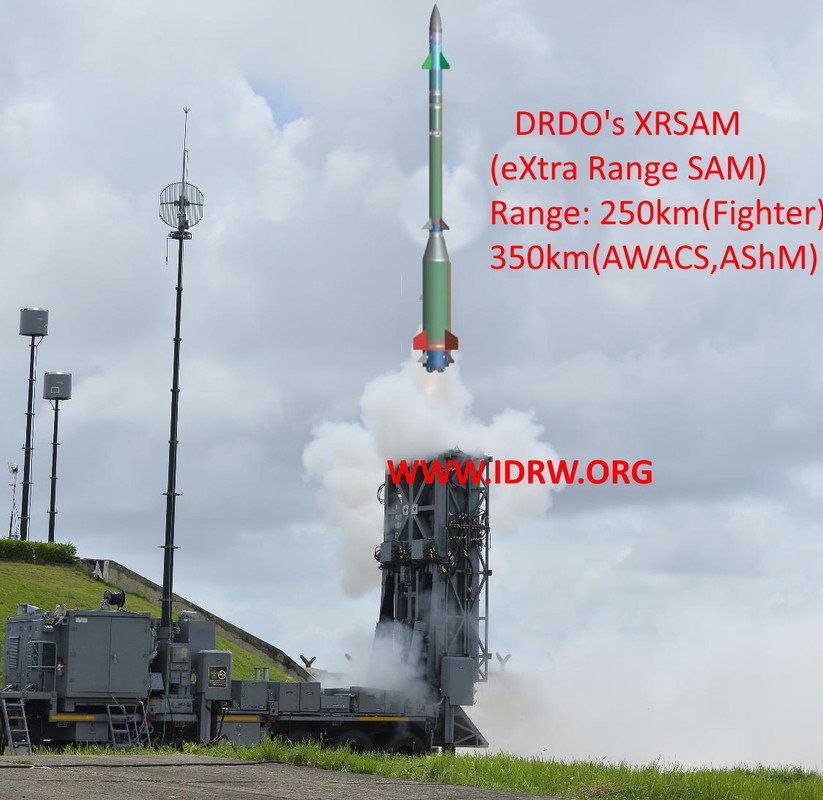

India is on the cusp of a major breakthrough in its indigenous air defence capabilities with the upcoming test of the Long-Range Surface-to-Air Missile (LRSAM), the cornerstone of the ambitious Project Kusha. Envisioned as a homegrown equivalent to the Russian S-400 Triumf, the LRSAM is set to provide India with a robust, layered air defence shield.
Developed by the Defence Research and Development Organisation (DRDO), the LRSAM is a critical component of the Indian Air Force’s (IAF) modernization plans. The missile, which has already entered the fabrication stage, is designed to intercept hostile targets at ranges of up to 150 kilometers. To counter larger aerial threats, two additional variants with ranges of 250 and 350 kilometers are in development.
Continue readingSOURCE: RAUNAK KUNDE / NEWS BEAT / IDRW.ORG


The Indian Air Force (IAF) is actively developing a space-based battle management system that will be able to track mobile targets in any airspace. This system will provide commanders on the ground with persistent surveillance and will be able to track aircraft that are currently difficult to track from space.
The IAF is currently engaging with the private sector to understand how smaller satellites can be repurposed to craft an architecture for moving target indication. The goal is to provide commanders on the ground with a clear picture of the airbase of rival camps, allowing them to study aircraft that are being deployed.
Continue readingSOURCE: IDRW.ORG TEAM
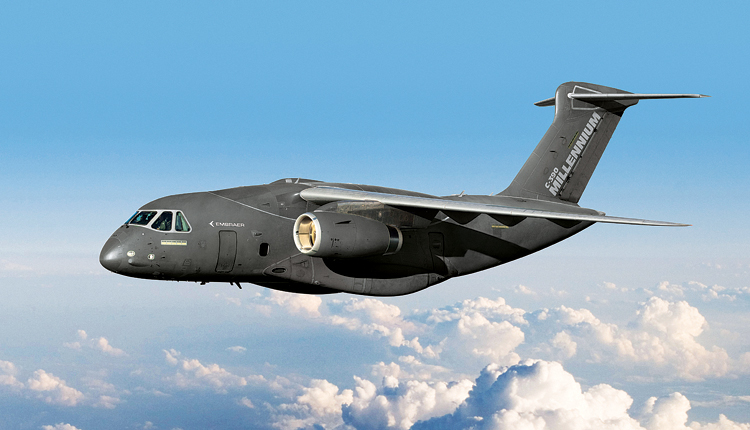

In a significant development, the Brazilian Ministry of Defense has expressed keen interest in establishing a barter system with India for the procurement of defense equipment. This strategic move aims to optimize resources and strengthen bilateral ties between the two nations.
Brazil has proposed India acquiring a substantial quantity of Embraer C-390 transport aircraft from Embraer . With a potential order of 60-80 aircraft, the IAF seeks to address its Medium Transport Aircraft (MTA) requirement. In exchange, Brazil would procure a range of defense systems from India, including the Akash Air Defense system, spare parts for its Scorpène-class submarines, and potentially the BrahMos cruise missile.
Continue readingSOURCE: IDRW.ORG TEAM

Adani Defence has commenced deliveries of 250 units of the next-generation UAV Launched Precision Guided Missile (ULPGM) to the Indian military. This marks a significant milestone in India’s indigenous defence capabilities. according to officials of Adani defence first batch has been delivered and full delivery will be completed by end of this year along with 70 units of UAVs that are to be used as launcher.
Developed in collaboration with the Defence Research and Development Organisation (DRDO), the ULPGM boasts a range of 4 kilometers. Adani Defence has been granted technology transfer for this cutting-edge weapon system, enabling domestic production and enhancing self-reliance.
Continue readingSOURCE: RAUNAK KUNDE / NEWS BEAT / IDRW.ORG


The Indian Navy is looking to bolster its surveillance and reconnaissance capabilities with the development of an indigenous Naval Aerial Robotic System (NARS). This ambitious project aims to create a modular Unmanned Aerial Vehicle (UAV) capable of operating from aircraft carriers.
The NARS is envisioned as a versatile platform with a modular design, allowing for customization based on mission requirements. Key components include the airframe, engine, flight control unit (FCU), navigation system (incorporating the Indian Navigation Satellite System, NAVIC), artificial intelligence for target acquisition and decision-making, and the ability to swarm for enhanced reconnaissance. The system will be equipped with a variety of modular payloads to adapt to different operational scenarios.
Continue readingSOURCE: RAUNAK KUNDE / NEWS BEAT / IDRW.ORG
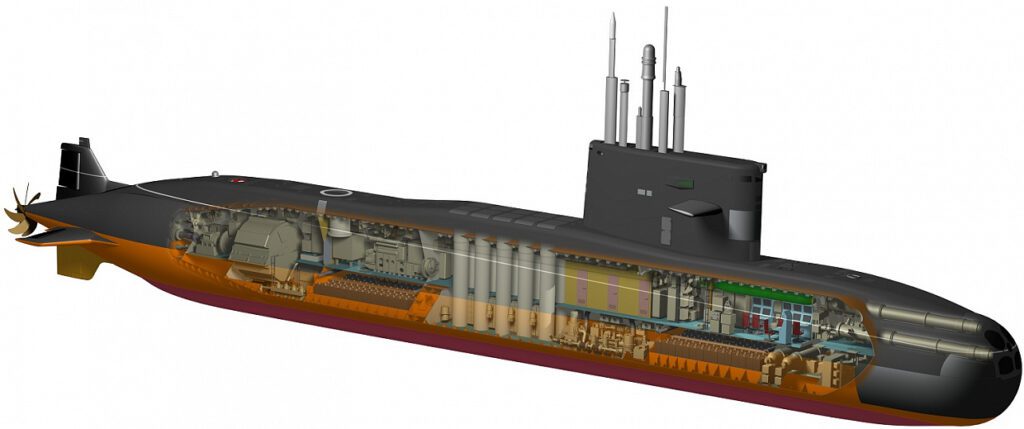

Russia is set to showcase its latest submarine, the Amur 950, at the Army-2024 military-technical forum. Dubbed a ‘floating battery’, this non-nuclear submarine is equipped with vertical missile launchers capable of firing a range of weapons, including the formidable BrahMos cruise missile.
Developed jointly by India and Russia, the BrahMos has already made waves in the global defense market. Its submarine-launched variant, integrated into the Amur 950, significantly enhances the submarine’s offensive capabilities. This development is likely to attract the attention of many countries seeking to bolster their naval power.
Continue readingSOURCE: RAUNAK KUNDE / NEWS BEAT / IDRW.ORG
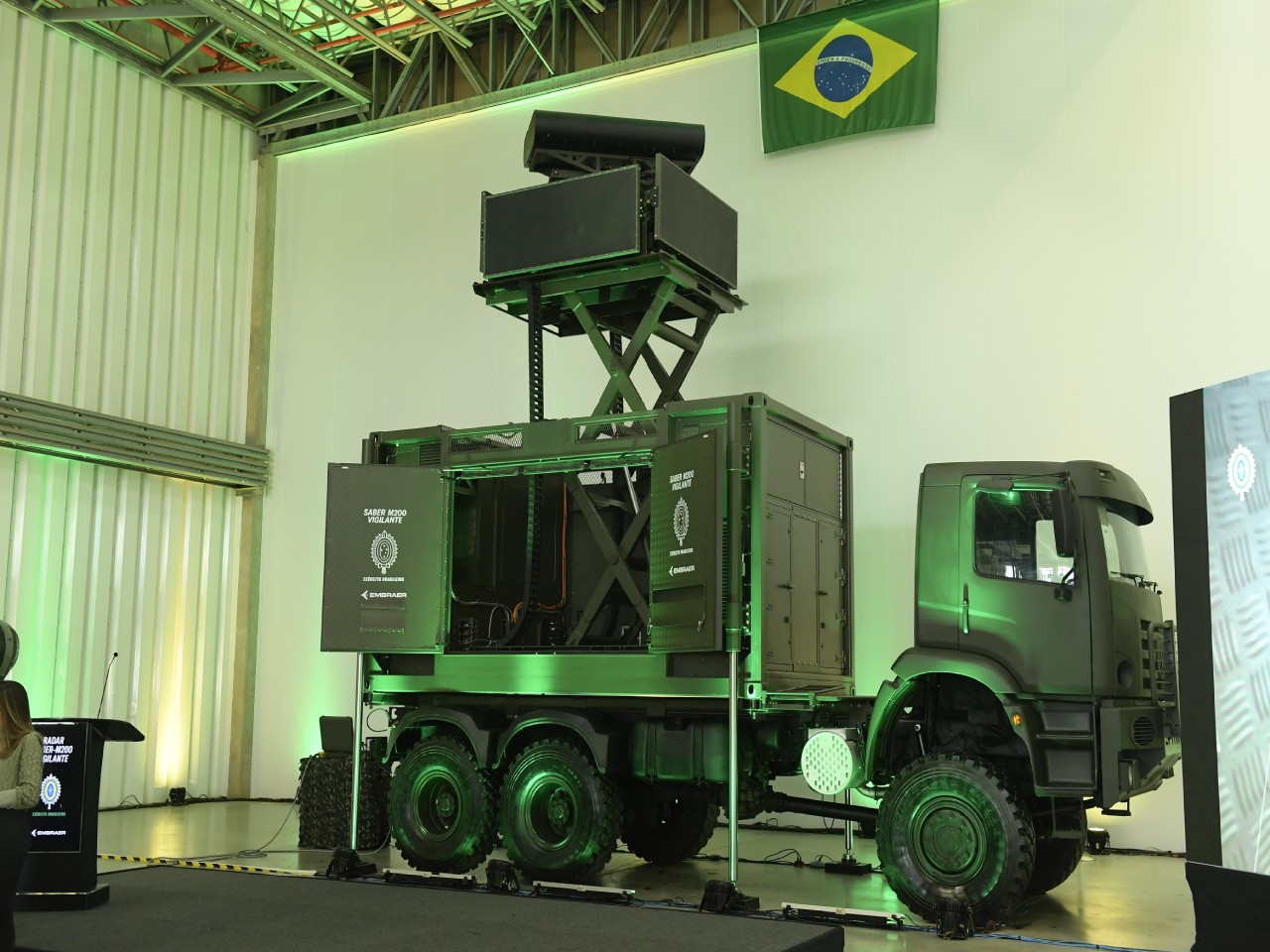

New Delhi has reportedly turned down a Brazilian request to incorporate domestically produced sensors into the final configuration of the Akash NG surface-to-air missile (SAM) system. Brazil had proposed replacing the Indian radar with its M200 Multimissão radar, a product developed from the M60 radar. The South American nation argued that the M200 would be better suited for low-altitude coverage and would offer enhanced multi-target capabilities.
However, India has insisted on maintaining the Akash NG’s original configuration, which includes an advanced Active Electronically Scanned Array (AESA) multi-function radar capable of search, track, and fire control functions. This radar system is seen as a key component of the missile system’s overall effectiveness.
Continue readingSOURCE: IDRW.ORG TEAM


Domestic aerospace startup, Dg Propulsion Private Limited (DPPL), has made significant strides in India’s indigenous defence manufacturing by showcasing its turbojet engine. This engine is set to power the upcoming high-speed UAVs being developed by state-owned Bharat Dynamics Limited (BDL) for the Indian Army.
While specific details about the engine’s capabilities remain undisclosed, DPPL has previously unveiled its DG J40 mini jet engine and the more powerful DG J60 small turbojet engine. These engines, entirely developed in India, have the potential to propel not only UAVs but also cruise missiles.
Continue readingSOURCE: RAUNAK KUNDE / NEWS BEAT / IDRW.ORG
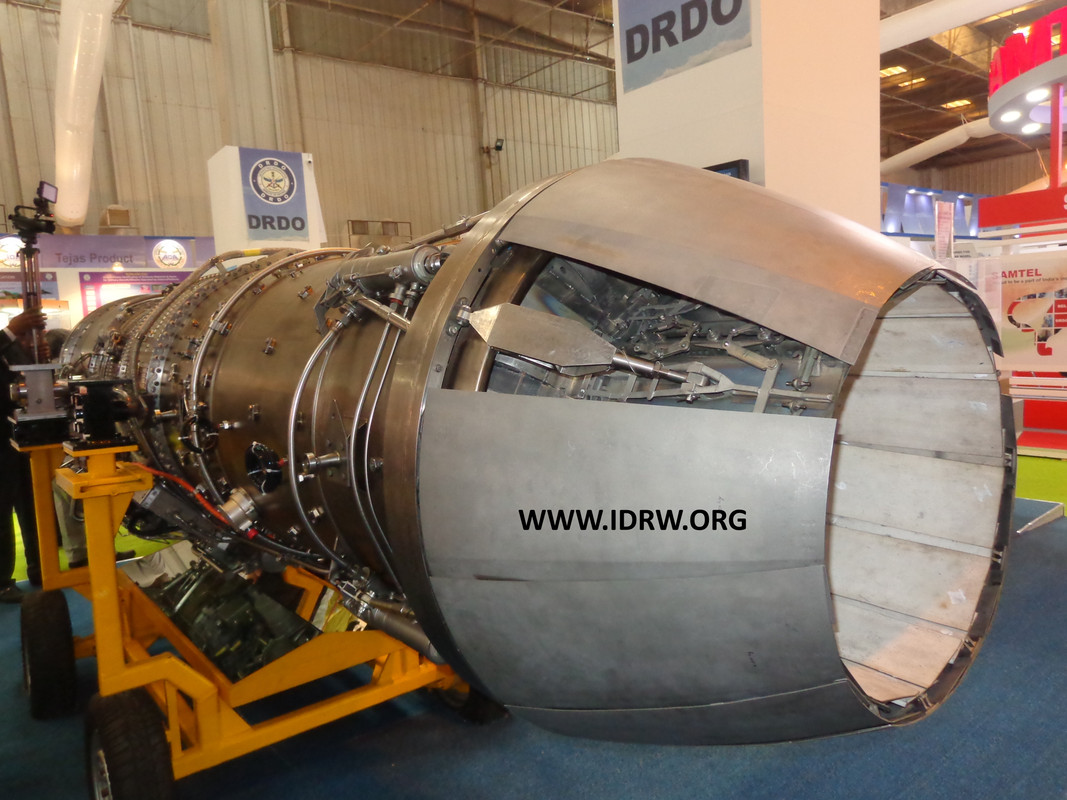

India’s long-standing ambition to develop a homegrown jet engine may soon see a significant milestone. The Gas Turbine Research Establishment (GTRE) is gearing up to demonstrate the indigenous Kaveri engine on an LCA-Tejas Trainer aircraft within the next three years. This demonstration is set to conclude nearly three decades of development on the Kaveri engine program and could offer a powerful alternative to the current engines powering the Tejas Mk1A.
The Kaveri engine program, initiated by the Defence Research and Development Organisation (DRDO) under GTRE, has faced numerous challenges and delays since its inception. However, recent advancements have brought renewed optimism. The target is to achieve an 81-83kN thrust during these demonstration flights, potentially making the Kaveri engine suitable for the second batch of Tejas Mk1A fighters.
Continue readingSOURCE: RAUNAK KUNDE / NEWS BEAT / IDRW.ORG


The Indian Army’s plans to bolster its armoured capabilities with the new Arjun Mk-1A Main Battle Tank (MBT) have hit a snag due to a shortage of engines. The state-of-the-art Mk-1A variant, designed for enhanced firepower, mobility, and survivability, was ordered in 2021 with an initial delivery expected in 2024.
The challenge lies in the supply of the German-made 1400 HP MTU MB 838 Ka-501 V10 diesel engine, a crucial component for the tank’s operation. This engine shortage has put Heavy Vehicles Factory (HVF) in Avadi, Chennai, in a difficult position.
Continue readingSOURCE: RAUNAK KUNDE / NEWS BEAT / IDRW.ORG
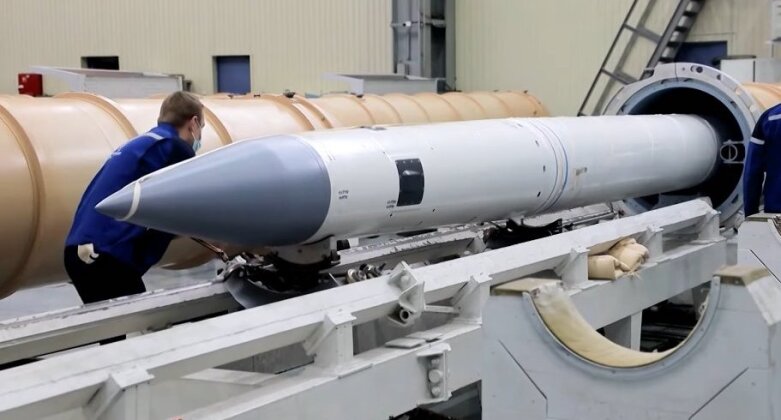

In a significant boost to India’s military capabilities, Russia is set to supply 120 long-range surface-to-air missiles, following Prime Minister Narendra Modi’s recent visit to Moscow. This advanced weaponry is expected to provide India with a substantial edge over its adversaries, particularly Pakistan.
The S-400 air defence system, equipped with the cutting-edge 40N6 interceptor missile, is capable of engaging a wide range of aerial threats, including high-speed, low-altitude targets. When integrated with India’s early warning aircraft, such as the AWACS, the system forms a formidable defensive shield.
Continue readingSOURCE: IDRW.ORG TEAM
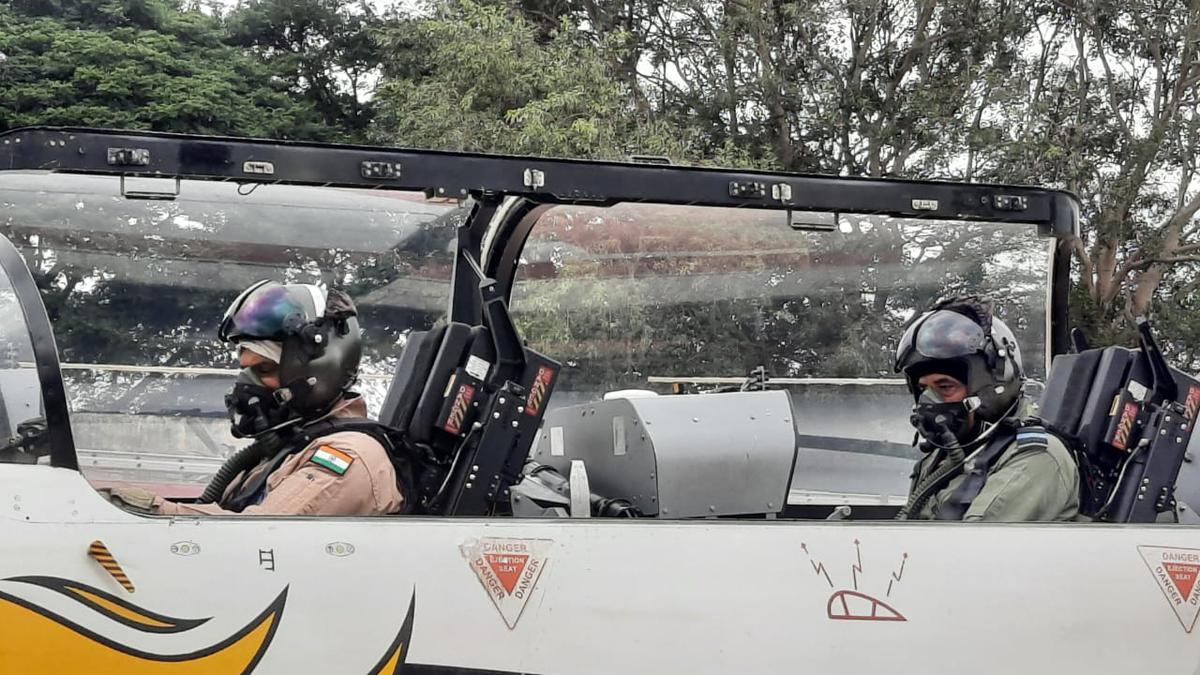

Hindustan Aeronautics Limited (HAL) has officially published a Request for Information (RFI) for the development of an advanced ejection seat for the HTT-40 aircraft. This RFI marks a crucial step in enhancing the safety and operational efficiency of the HTT-40, a basic trainer aircraft designed and developed by HAL.
The ejection seat is a critical component of military aircraft, ensuring the pilot’s safety during emergency situations. HAL’s RFI outlines the specific requirements and components needed for the development of this essential system.
Continue readingSOURCE: RAUNAK KUNDE / NEWS BEAT / IDRW.ORG


India’s indigenous defense manufacturing is set to witness a new chapter as Armoured Vehicles Nigam Ltd (ANVL) plans to form a joint venture (JV) with Russian firms Rosoboronexport (ROE) and Hindustan Power Corporation (HPC) to manufacture a Light Tank for the Indian Army. The JV will be majority-owned by ANVL and India Optel Limited (IOL).
This development is likely to introduce a new contender in the race for the Indian Army’s requirement of 295 Light Tanks under the ‘Make-I’ category. Based on the Sprut-SD design, the proposed Indian Light Tank is expected to compete directly with the DRDO-L&T developed Zorawar Light Tank, which has already commenced trials and secured a first-mover advantage.
Continue readingSOURCE: RAUNAK KUNDE / NEWS BEAT / IDRW.ORG
:quality(70)/cloudfront-us-east-1.images.arcpublishing.com/archetype/NBQXEJG5TBAGFHJJWFNKRRFDCU.jpg)

The Defence Research and Development Organisation (DRDO) has initiated fabrication work on the Pinaka MkIII, a more advanced version of the already potent Pinaka multi-barrel rocket launcher system. This new variant is set to boast an impressive range of 120 kilometres, significantly enhancing India’s firepower capabilities.
Concurrently, the development of a guided version of the Pinaka with a 120-kilometer range is also underway under the Long Range Guided Rocket (LRGR) project. Intriguingly, there are indications of plans for both 120km and 300km variants, possibly with a uniform 300mm calibre.
Continue reading